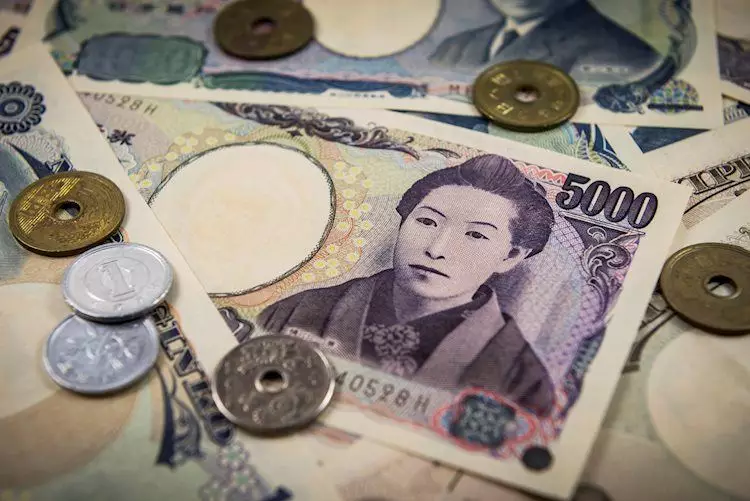The foreign exchange market, particularly the USD/JPY pair, is heavily influenced by a wide range of economic data, both domestically and internationally. Factors such as government policies, interest rates, inflation rates, and geopolitical risks play a crucial role in determining the direction of the exchange rate. In this article, we will delve into the recent economic data released by Japan and the United States and how it has impacted the USD/JPY exchange rate.
The Japanese Yen saw a modest increase in value following the announcement that the government would allocate a significant amount of funds towards energy subsidies. This news signaled a boost for the domestic economy and supported the Yen against major currencies, including the US Dollar.
Challenges for the Japanese Yen
However, the Yen faced challenges due to weak Japanese manufacturing data, which raised concerns about the possibility of the Bank of Japan postponing further rate hikes. This uncertainty in monetary policy direction added to the pressure on the Yen in the forex market.
On the other hand, the US Dollar received support from improving Treasury yields and positive economic indicators. The US Bureau of Economic Analysis reported that the PCE Price Index increased by 2.5% year-over-year in July, although slightly below the estimated 2.6%. Despite this, the core PCE remained steady at 2.6% year-over-year.
While Japan’s Consumer Price Index rose to 2.6% year-on-year in August, indicating robust inflationary pressures, the US Gross Domestic Product grew at a rate of 3.0% in the second quarter. Additionally, Initial Jobless Claims showed a decline in the number of people filing for unemployment benefits in the US, signaling a healthy labor market.
The divergence in economic data between Japan and the US has implications for monetary policy decisions. Federal Reserve Bank of Atlanta President Raphael Bostic hinted at the possibility of rate cuts in light of cooling inflation and rising unemployment. This stance contrasts with the uncertainty surrounding the Bank of Japan’s future actions.
From a technical standpoint, the USD/JPY pair remains bearish as indicated by the lower nine-day EMA compared to the 21-day EMA. The RSI also suggests a bearish trend, with potential support levels at the nine-day EMA and lower. Resistance levels are identified at the 21-day EMA, with further upside potential towards psychological and historical levels.
The recent economic data releases from Japan and the US have had a significant impact on the USD/JPY exchange rate. While the Yen faces challenges from weak manufacturing data, the US Dollar remains supported by positive economic indicators. Traders and investors should closely monitor these developments to make informed decisions in the forex market.

